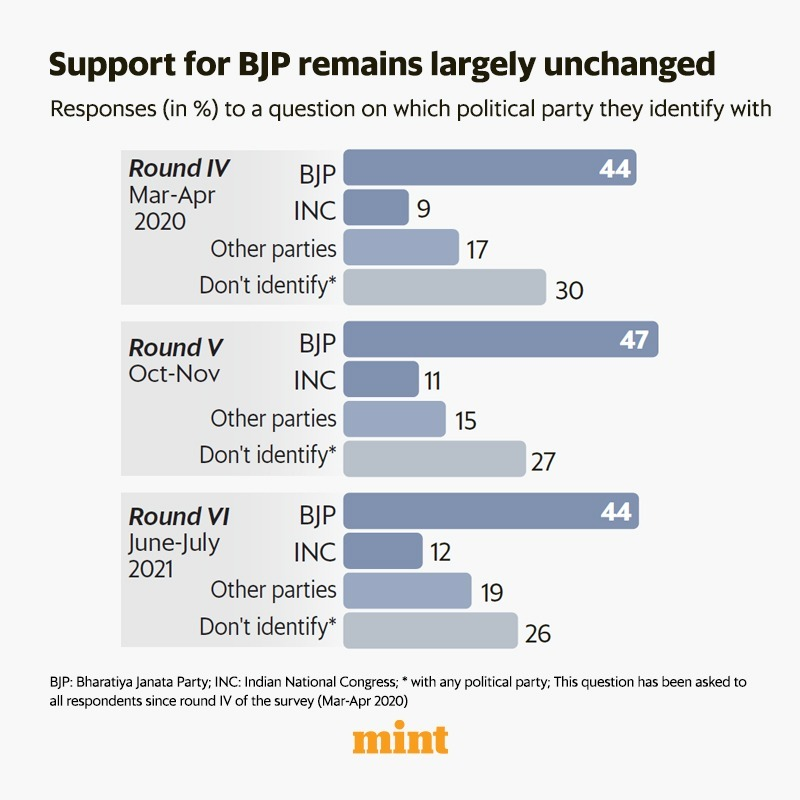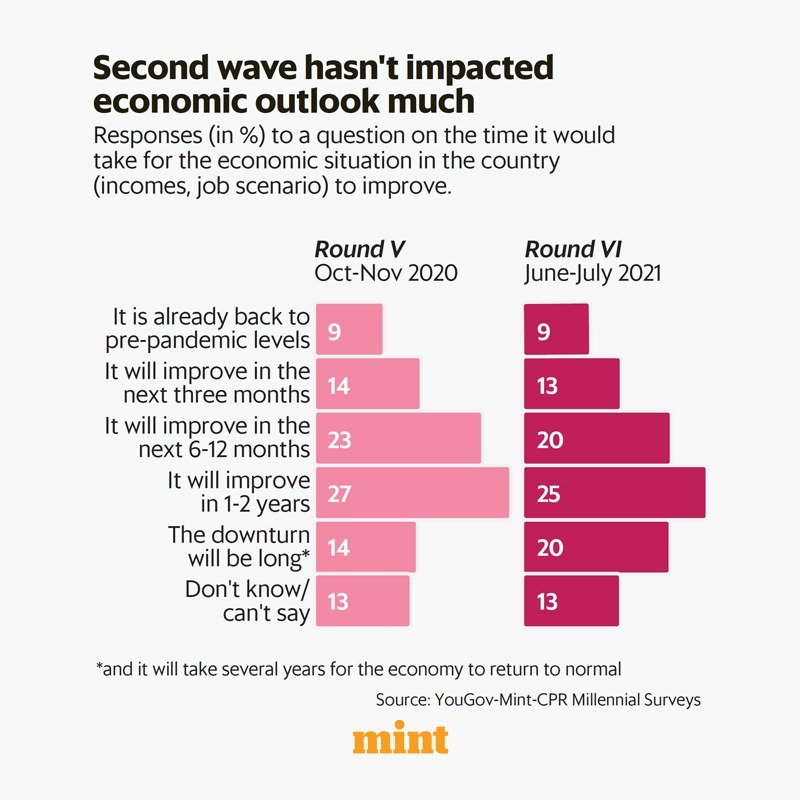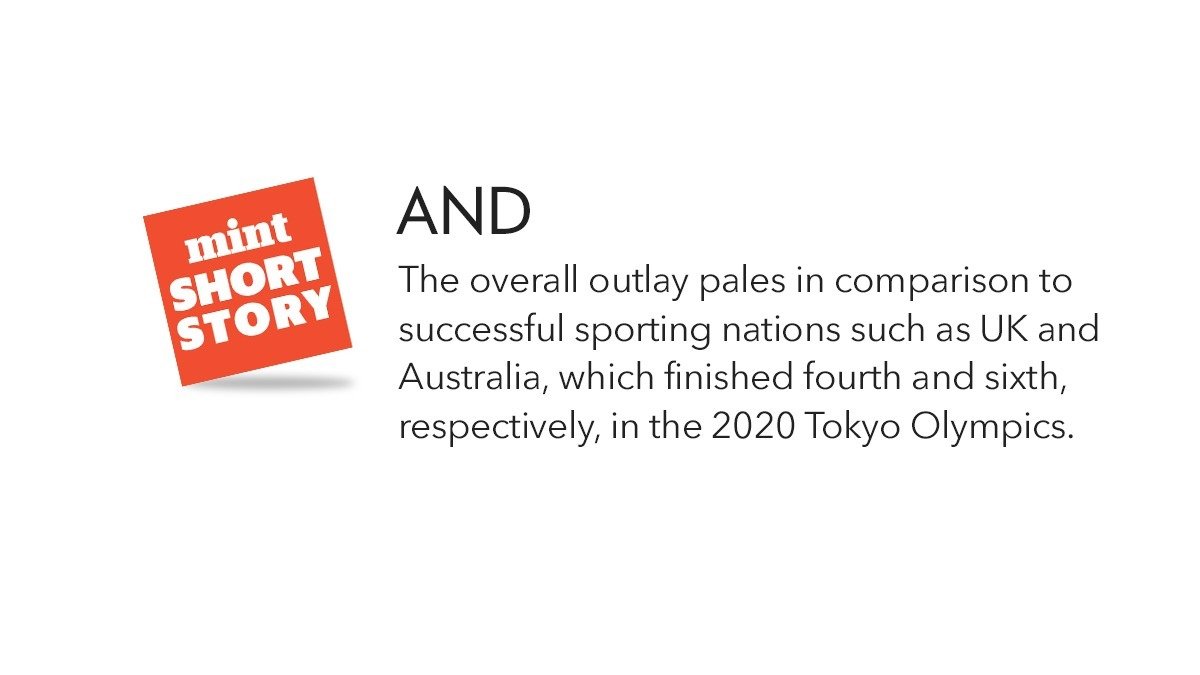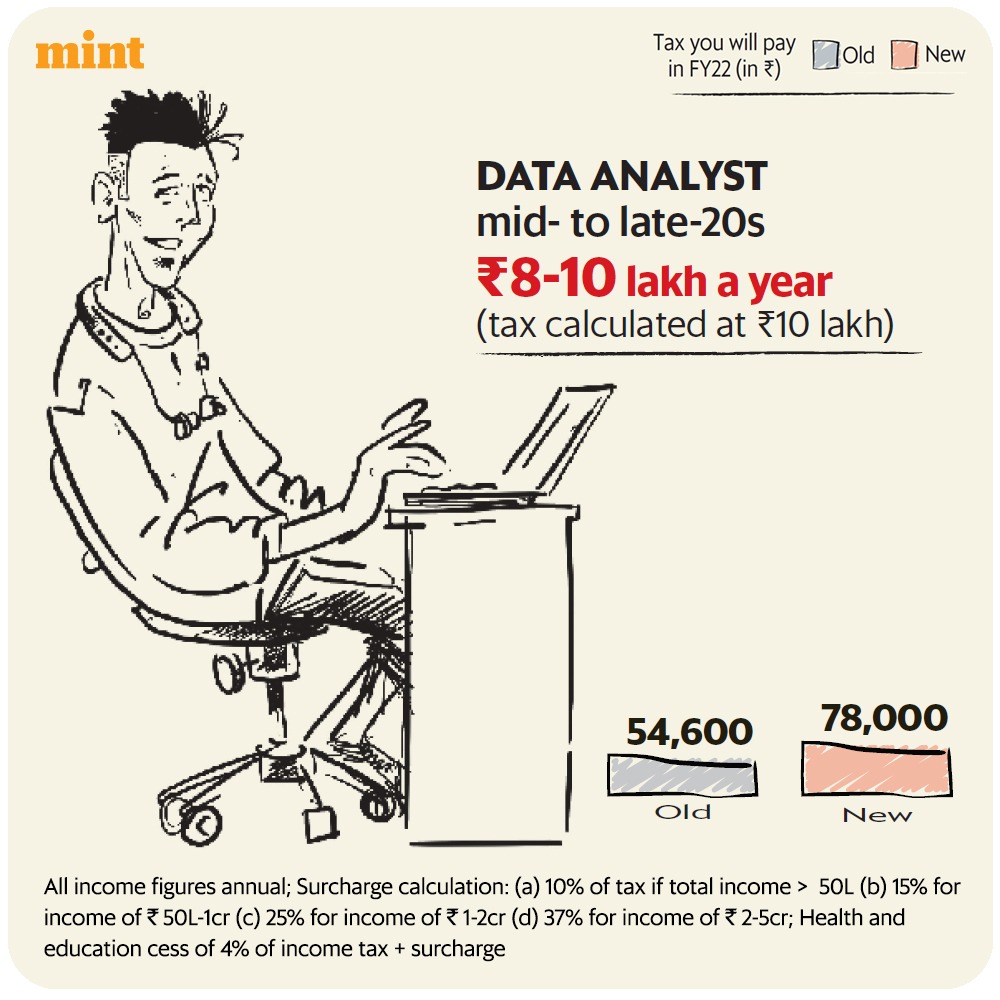
#MintPlainFacts | The online survey, which covered 10,285 respondents across 203 cities in the June-July period, shows that 41% respondents find the Prime Minister (PM) responsible for the covid tragedy.
(By Rahul Verma, Ankita Barthwal)
Read here: livemint.com/politics/news/…
(By Rahul Verma, Ankita Barthwal)
Read here: livemint.com/politics/news/…

The continued support for incumbents in the face of disaster may appear baffling at first. However, there are three important clues in the survey that help us make sense of this reaction.
#MintPlainFacts by Rahul Verma, Ankita Barthwal)
Read here: livemint.com/politics/news/…
#MintPlainFacts by Rahul Verma, Ankita Barthwal)
Read here: livemint.com/politics/news/…

The second wave did not impact people’s economic outlook significantly and hence they may have been willing to overlook the failures of politicians.
#MintPlainFacts by Rahul Verma, Ankita Barthwal)
Read here: livemint.com/politics/news/…
#MintPlainFacts by Rahul Verma, Ankita Barthwal)
Read here: livemint.com/politics/news/…

Only 12% respondents said that the mishandling of the pandemic by their state government was the main cause of the second wave. 26% identified the central government as the main cause.
#MintPlainFacts by Rahul Verma, Ankita Barthwal
Read here: livemint.com/politics/news/…
#MintPlainFacts by Rahul Verma, Ankita Barthwal
Read here: livemint.com/politics/news/…

People ranked family networks as the most important source of aid during the pandemic peak, followed by social media platforms.
#MintPlainFacts by Rahul Verma, Ankita Barthwal
Read here: livemint.com/politics/news/…
#MintPlainFacts by Rahul Verma, Ankita Barthwal
Read here: livemint.com/politics/news/…

Incumbent parties can avoid reckoning if the suffering appears momentary. While very few respondents expect the economy to improve in the next few months...
#MintPlainFacts by Rahul Verma, Ankita Barthwal
Read here: livemint.com/politics/news/…
#MintPlainFacts by Rahul Verma, Ankita Barthwal
Read here: livemint.com/politics/news/…

• • •
Missing some Tweet in this thread? You can try to
force a refresh





















